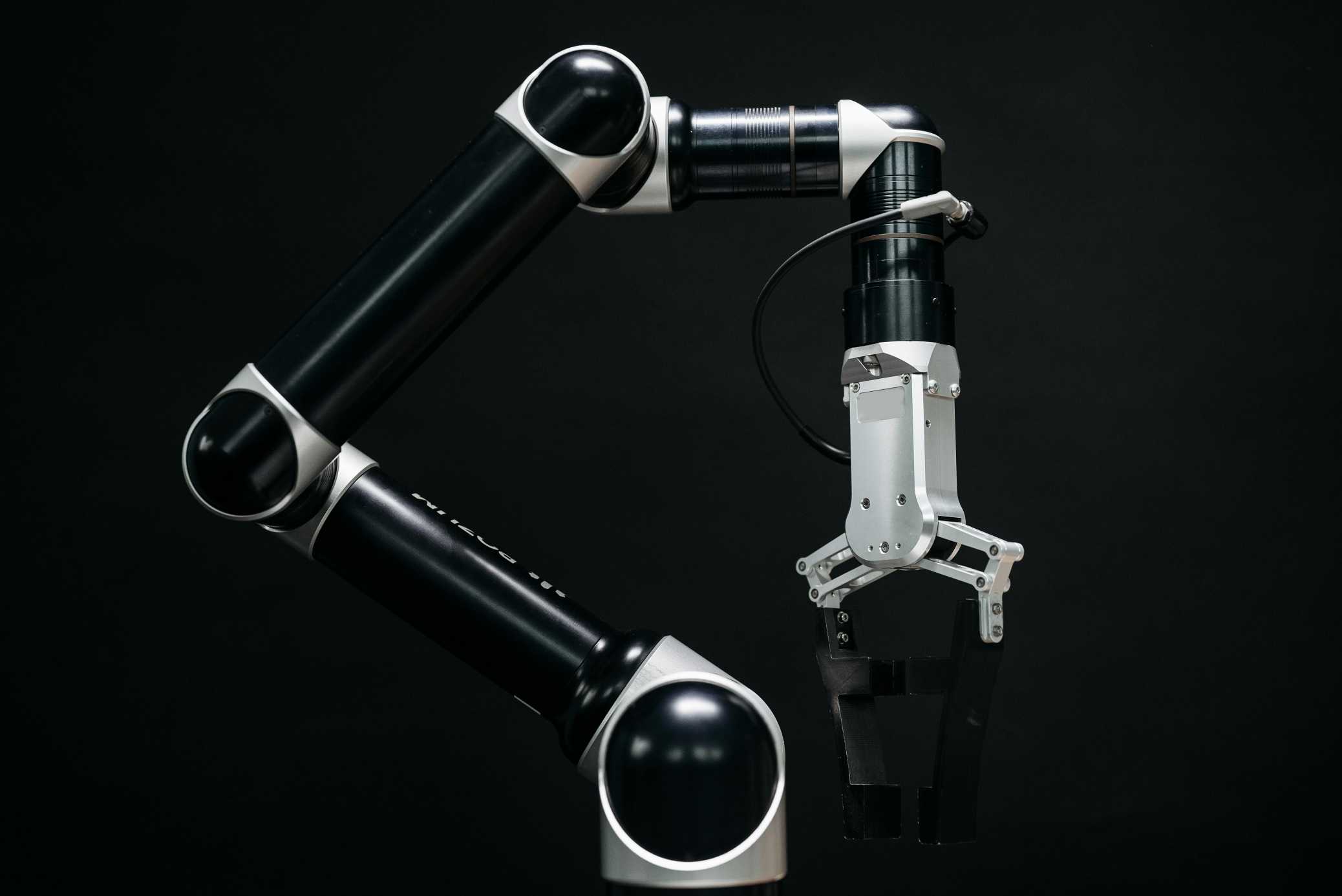Collaborative robots, often known as cobots, are transforming the landscape of modern industry by bridging the gap between human labor and automation. Unlike traditional industrial robots, which typically operate in isolation from human workers, cobots are designed to work alongside people, enhancing efficiency and productivity without replacing the human element.
Understanding how cobots function and their impact on labor optimization is crucial for businesses looking to stay competitive in today’s rapidly evolving technological environment.
Table of Content
The Evolution of Automation and Robotics
The journey of automation began in the early 20th century, with mechanization technologies revolutionizing industries by introducing automated processes. From the early conveyor belts to the first robotic arms used in automotive manufacturing, automation has continually evolved to meet the demands of modern production.
Industrial robots, introduced in the latter half of the 20th century, were designed to perform repetitive and hazardous tasks with high precision. These robots, while effective, operated within enclosed environments, which were isolating them from human workers due to safety concerns and complexity.
The advent of a collaborative robot, often referred to as a collaboration robot, marks a significant evolution in robotics. Cobots emerged from the need to integrate automation more seamlessly with human work.
Their development has been characterized by advancements in sensor technology, machine learning, and user-friendly interfaces. This evolution has led to collaboration robots that are not only safer but also more adaptable and easier to program compared to their predecessors.
Also Read: Top 7 Tips – How To Pack Electronics For Moving On A Budget
Benefits of Implementing Cobot Arms
The integration of cobot arms into various industries brings several notable benefits. Efficiency is one of the foremost advantages.
Cobots can operate continuously without breaks, thus accelerating production speeds and reducing downtime. Their ability to work alongside humans without the need for safety barriers leads to fewer interruptions and higher throughput. Collaborative robots in manufacturing are known to be able to streamline assembly lines once they are programmed to repeat their movements.
Cost savings are another significant benefit. By automating repetitive tasks, businesses can reduce labor costs and operational expenses.
Cobots are designed to be cost-effective, often requiring less investment compared to traditional industrial robots. Their versatility also contributes to savings by allowing businesses to repurpose cobots for different tasks as needed.
Flexibility and scalability are inherent features of cobots. They can be easily reconfigured to perform various tasks, which makes them suitable for a wide range of applications.
This adaptability means businesses can scale their automation efforts in line with growth and changing market demands.
Applications of Cobot Arms Across Industries
The versatility of cobot arms makes them applicable across numerous industries. In manufacturing, cobots are used for tasks such as assembly line automation and quality control. Their precision and ability to handle repetitive tasks enhance production efficiency and consistency.
In the healthcare sector, cobots assist in surgical procedures and laboratory automation. They provide precision in delicate tasks, such as handling surgical instruments or conducting repetitive lab tests, thereby improving outcomes, and reducing human error.
Logistics and warehousing operations benefit significantly from cobot arms. Cobots can manage picking and packing processes, as well as inventory management. Their ability to handle goods efficiently and accurately streamlines logistics operations, reducing errors and enhancing overall productivity.
Integrating Cobot Arms into Existing Workflows
A successful integration of cobot arms into existing workflows requires a thoughtful approach. The first step is assessing workflow needs. This involves identifying tasks that are repetitive or labor-intensive and evaluating where automation could be most beneficial.
Choosing the right cobot is crucial for successful integration. Factors such as payload capacity, reach, and precision must be considered to ensure the cobot matches the specific requirements of the tasks it will perform. The selection process involves aligning the cobot’s capabilities with the operational needs of the business.
Training and adaptation are essential for seamless integration. Employees need to be trained to work effectively alongside cobots, understanding how to interact with them safely and efficiently.
Additionally, workflows may need to be adjusted to maximize the benefits of cobot arms. This might involve reconfiguring production lines or altering processes to complement the cobots’ capabilities.
Challenges and Considerations
While the benefits of cobots are substantial, there are challenges and considerations that businesses must address. Technical challenges include integrating cobots with existing systems and ensuring they function smoothly within the established infrastructure.
Maintenance and troubleshooting are also important aspects to consider, as regular upkeep is necessary to keep cobots operating efficiently.
Human factors play a significant role in the successful adoption of cobots. Addressing resistance to change is crucial, as employees may initially be apprehensive about working with new technology. Ensuring smooth collaboration between human workers and cobots requires clear communication and ongoing support.
The costs and return on investment (ROI) are also critical considerations. While cobots offer long-term savings through reduced labor costs and increased efficiency, the initial investment can be significant.
Businesses need to weigh the upfront costs against the potential for long-term benefits, measuring ROI to ensure that the investment aligns with their financial goals.
Also Read: Modern Electrical Tools: Revolutionizing Efficiency and Precision in Work
Conclusion
The integration of cobot arms into labor and automation processes represents a significant advancement in modern industry. By enhancing efficiency, reducing costs, and improving workplace safety, cobots offer valuable benefits across a range of applications.
As technology continues to evolve, cobots will play an increasingly important role in optimizinglabor and automation, providing businesses with the tools they need to stay competitive in a dynamic market.
Embracing cobots and understanding their potential can lead to substantial improvements in productivity and operational success.







